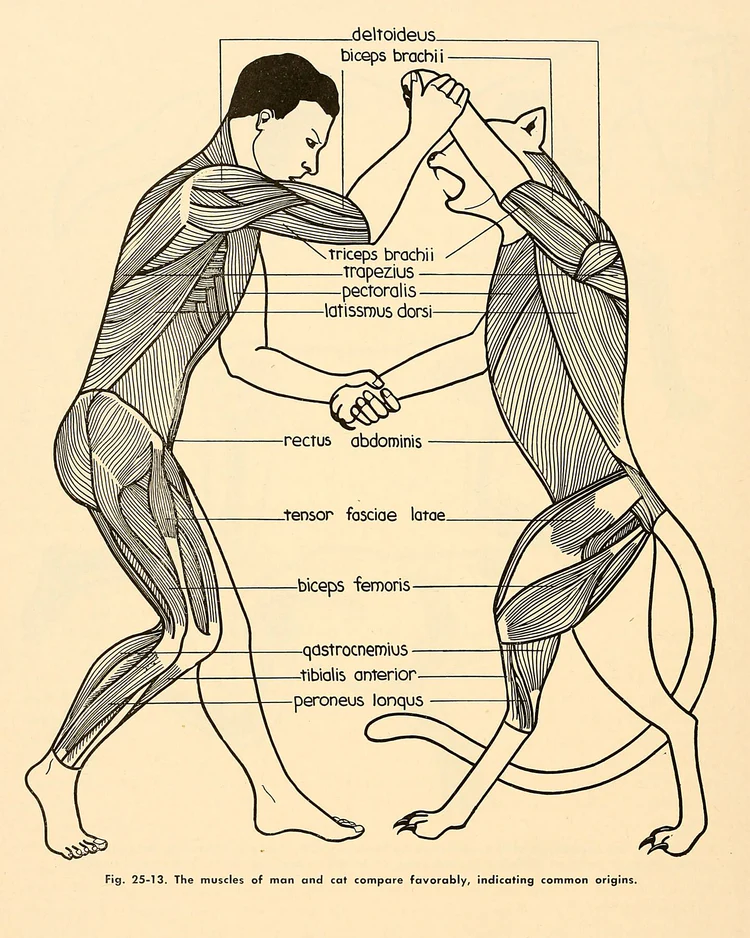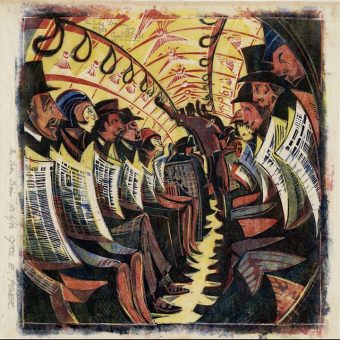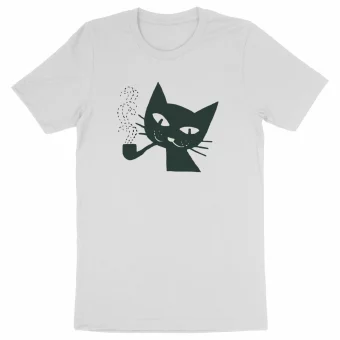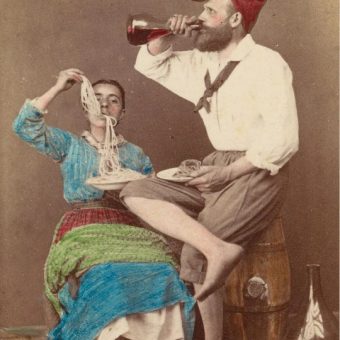“When street traffic dwindles and most people are sleeping, some New York neighborhoods begin to crawl with cats.”
– Gay Talese, Serendipiter’s Journey
Written in 1961 when he was 29 and working for Esquire magazine, Gay Talese’s New York: A Serendipiter’s Journey.is an observer’s tale of people who make up a city. In one part he looks at the lives of the city’s stray cats.
“All I have is intense curiosity,” Talese told the Paris Review in an interview about what makes him write. “I have a great deal of interest in other people and, just as importantly, I have the patience to be around them.”
In Origins of a Nonfiction Writer Talese says to learned to watch and listen from his mother, a dressmaker and tailor:
I learned [from my mother] … to listen with patience and care, and never to interrupt even when people were having great difficulty in explaining themselves, for during such halting and imprecise moments … people are very revealing – what they hesitate to talk about can tell much about them. Their pauses, their evasions, their sudden shifts in subject matter are likely indicators of what embarrasses them, or irritates them, or what they regard as too private or imprudent to be disclosed to another person at that particular time. However, I have also overheard many people discussing candidly with my mother what they had earlier avoided—a reaction that I think had less to do with her inquiring nature or sensitively posed questions than with their gradual acceptance of her as a trustworthy individual in whom they could confide.
Talese can blend in with humans. He’s one of our own, talking in our language. But cats? Does he see something of the cat in himself as dressed in his trademark tailored suit the dapper man watches for those moments that give the day shape and reason, taking what he can? The inference is there. As the writer H.P. Lovcraft wrote in his essay Cats and Dogs:
The cat is not for the brisk, self-important little worker with a “mission”, but for the enlightened dreaming poet who knows that the world contains nothing really worth doing. The dilettante — the connoisseur —the decadent,
So Talese is no mere adjunct to the scene but part of it as he observes the cat:
When street traffic dwindles and most people are sleeping, some New York neighborhoods begin to crawl with cats. They move quickly through the shadows of building; night watchmen, policemen, garbage collectors and other nocturnal wanderers see them — but never for very long. A majority of them hang around the fish markets, in Greenwich Village and in the East and West Side neighborhoods where garbage can abound. No part of the city is without its strays, however, and all-night garage attendants in such busy neighborhood as Fifty-fourth Street have counted as many as twenty of then around the Ziegfeld Theatre early in the morning. Troops of cats patrol the waterfront piers at night searching for rats. Subway trackwalkers have discovered cats living in the darkness. They seem never to get hit by trains, though some are occasionally liquidated by the third Rail. About twenty-five cats live 75 feet below the west end of Grand Central Terminal, are fed by the underground workers, and never wander up into the daylight.
The roving, independent, self-laundering cats of the streets live a life strangely different from New York’s kept, apartment-house cats.
[…]
Social climbing among the stray cats of Gotham is not common. They rarely acquire a better mailing address out of choice. They usually die within the blocks of their birth, although one flea-bitten specimen picked up by the ASPCA was adopted by a wealthy woman; it now lives in a luxurious East Side apartment and spends the summer at the lady’s estate on Long Island.
In every New York neighborhood the strays are dominated by a ‘boss’ — the largest, strongest tomcat. But, except for the boss, there is not much organization in the street’s cat society. Within the society, however, there are three ‘types’ of cats — wild cats, Bohemians, and part-time grocery store (or restaurant) cats.
The wild cats rely on an occasional loose garbage lid or on rats for food, wand will have little or nothing to do with people — even those who would feed them. These most unkept of strays have a recognizable haunted look, a wide-eyed, wild expression, and they usually are found around the waterfront.
The Bohemian, however, is more tractable. It does not run from people. Often, it is fed in the streets daily by sensitive cat-lovers (mostly women) who call the strays ‘little people,’ ‘angels,’ or ‘darlings,’ and are indignant when the objects of their charity are referred to as ‘alley cats.’ So punctual are most Bohemians at feeding time that one cat-lover has advanced the theory that cats can tell time. He cited a gray tabby that appears five days a week, precisely at 5:30 P.M., in an office building at Broadway and Seventeenth Street, where the elevator men feed it. But the cat never shows up on Saturday or Sundays; it seems to know people don’t work on those days.
The part-time grocery store (or restaurant) cat, often a reformed Bohemian, eats well and keeps rodents away, but it usually uses the store as a hotel and prefers to spend the nights prowling in the streets. Despite its liberal working schedule, it still assumes most of the privileges of a related breed — the full-time, or wholly nonstray, grocery store at — including the right to sleep in the window. A reformed Bohemian at a Bleecker Street delicatessen hides behind the door and chases away all other Bohemians looking for hangouts.
Having just finished an advance copy of the inimitable Wendy MacNaughton’s forthcoming Lost Cat: A True Story of Love, Desperation, and GPS Technology — a heartbreaking, heartwarming, hopelessly hilarious treasure of a tale, penned by writer extraordinaire Caroline Paul and tenderly illustrated by Wendy herself — I couldn’t resist asking Wendy, a frequent collaborator, to illustrate Talese’s feline archetypes. She kindly and brilliantly obliged.
…

La Paresse (Laziness) by Felix Vallotton – 1896 (print)
The number of full-time cats, incidentally, has diminished greatly since the decline of the small food store and the rise of supermarkets in New York, With better rat-proofing methods, improved packaging of foods and more sanitary conditions, such chain stores as the A&P rarely keep a cat full-time.
Lead image: Gay Talese at home being interviewed by David Shankbone.
Via: The Marginalian.
Would you like to support Flashbak?
Please consider making a donation to our site. We don't want to rely on ads to bring you the best of visual culture. You can also support us by signing up to our Mailing List. And you can also follow us on Facebook, Instagram and Twitter. For great art and culture delivered to your door, visit our shop.












